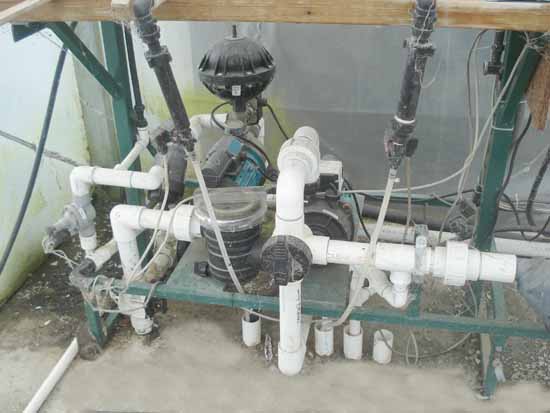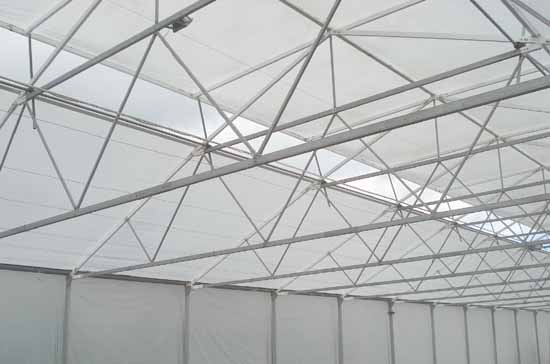GRASS FODDER BY HYDROPONICS
IN 8 DAYS.

Grass fodder is used as an animal feed and can be produced in great numbers within 8 days from seed to grass for all livestock. Various varieties of grass fodder include, but are not limited to, barley, oat grass, lucerne grass, to rye grass or whatever grass one wishes to grow in ones country. Growing grass fodder hydroponically is now becoming popular in drought prone areas but growing hydroponic grass fodder can require a large investment in a commercial hydroponic greenhouse. We like to help the small hobby farmer in arid countries but we specialize in large commercial grass fodder production
MOULD AND FUNGUS IN SEED BEDS
1/ Mould is directly related to the humidity in the air and as we know Asian countrues have a hugh humidity in the months of June thru to Sept. Once the mould starts eg. after 8 days in the trays, the temperature relates to its growth, and unfortunately the fodder likes the same temperatures. We have read where one person says freeze seed for 2 hours before use? to delay mold growth
2/ Air conditioners have to be used where heat is a problem. An air conditioner or even fans will dry the air and thus reduce the humidity in the greenhouse, and thus allow a suitable growth temperature during the humid season. A heat pump will also be the best if you are growing in a cold climate where temp drop to under or near zero. The other alternative is to have hot air pumping into the greenhouse if you are living in a thermal area or even hot water piping but again its a matter of experimenting in the country you propose to set your system up in.
Mould comes off the seed, and can come from the water so cleanliness is important in any seed growing operation. This means wearing gloves and never handling with bare hands. Humidity has a lot to do with the problem of fungus spores so Try to air condition the area or use fans to keep humidity down. If mould is in the air from spores, maybe have your fan intakes come in from a higher point like through the roof, not near the ground where mould often lives. The seed is often the source of the mould so good seed is important but again you need to experiment with various seeds that suit your livestock and yourself. Wash seed thoroughly and see if trays washed produce low or no mould. Try also some sterilizing of the seed as well, by using hydrogen peroxide or Monochloramine, and then compare that too. sterlisation like mono-chloromine, and Hydrogen Peroxide. A citrus based spray such as lemon juice with water work well to chase any mold away. As said many times its a matter of experimenting using various seeds, watching for fungus and getting it right.

2 MAIN FUNGUS IN THE SEED YOU MAY ENCOUNTER
Rhizopus spp MOLD
The first mould that will attack your seed bed grain is Rhizopus spp which is the common bread mould. This mould is present on all cereal grains to varying degrees. Many of the production systems utilize very fine climatic control in an effort to limit the amount of mould spores that can germinate. We have seen Rhizopus infected sprouted barley fed to cattle with no side effects. However if the Rhizopus is allowed to progress rapidly early in the growing system it then becomes a feed source for more dangerous pathogens such as bacteria and Aspergillus which will cause problems in cattle. So the best solution is to be aware of any fungal spores, be aware of any fungus starting and do not feed to your livestock. Also watch your livestock and appetite to even faeces for signs of deterioration in your animlas growth and eating habits.
A.clavatus
Livestock owner have lost cattle feeding them barley grasses and all in high humidity situations where the temperature climbs. Thus it is very importnat in the arid regions of Africa and the Middle East that we have in place controls to alleviate these problems. One fodder factory operating for four years without problems has always kept the temperature below 24 but there have still been A.clavatus present - but A.clavatus seems to be dormant at low temperatures. Cattle can be poisoning being fed sprouted grains that were infested with a heavy growth of this kind of fungus.The mould Aspergillus clavatus, is identical to that found in similar cases in South Africa, Israel, France, England and China and is found in cereal grains worldwide. It is blue/green in colour. Poisoning damages the spinal cord and brain tissue, and signs of the poisoning, which may take up to two weeks to appear, include cattle walking stiffly with poorly coordinated hind limbs. Less frequent signs include drooling saliva, loss of appetite, difficulty with breathing after exercise and convulsions so be aware of these with any livestock.
COST SAVINGS:
The installation of the building and complete system complete and all systems go this is what one can now save. The system itself only needs one person to run it so the cost to maintain labour is minimal. If one has an adequate water supply then you have no worries with water your main source. Closer to agents and where you live is an added plus as your delivery costs are reduced. Alternate power sources again drop the cost. The livestock are much quieter and easy to deal with and you have the added value of having grass high in protein at your disposal. Calves can be weaned directly onto this feed which is added value.
[ Beginnings ] [ Construction ] [ Seeds & Trays ] [ Fungus ]